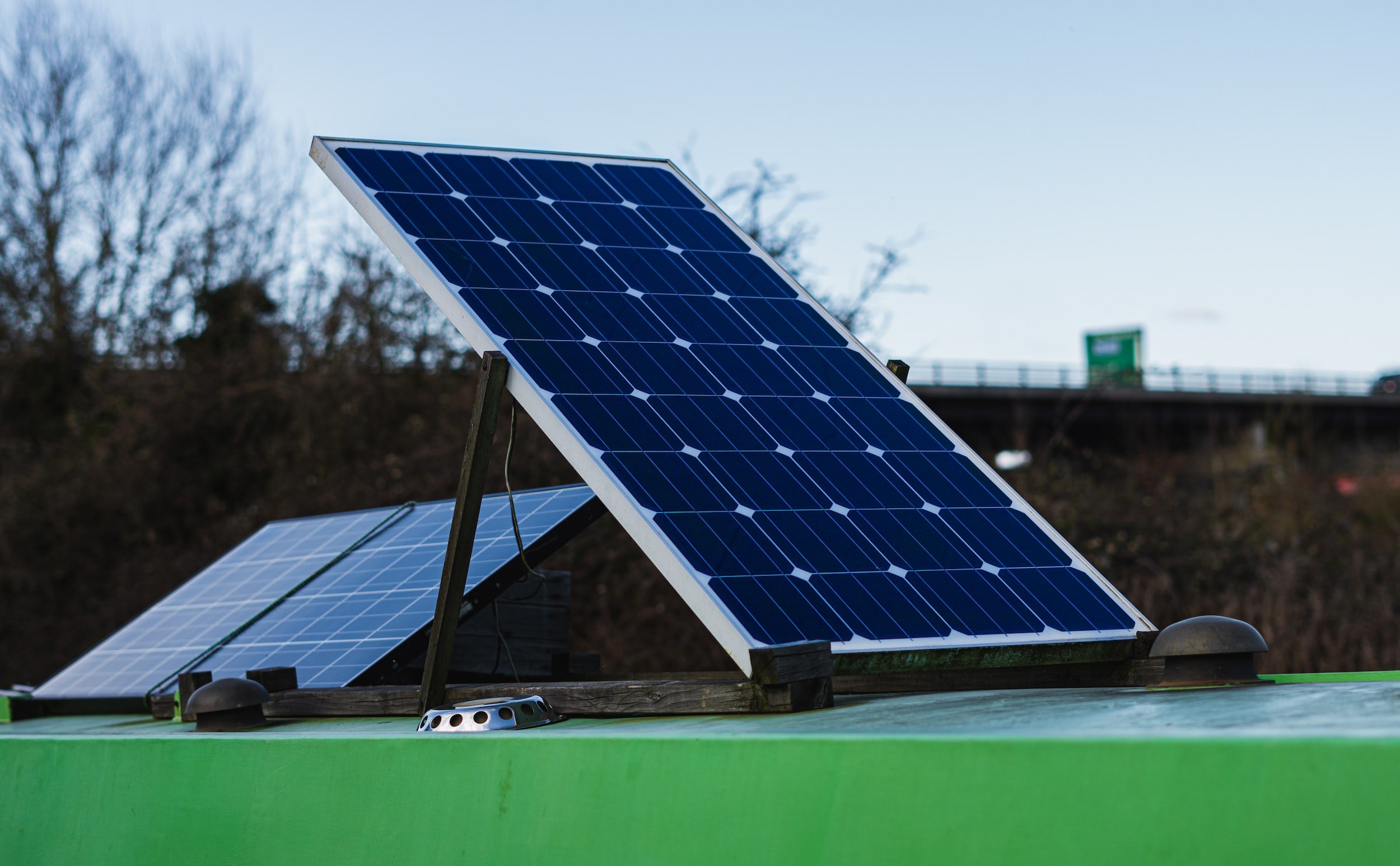Solar Panels and Shade: Everything to Know
Do Solar Panels Work in The Shade?
Solar panels, AKA photovoltaic (PV) panels, are the key component of solar power systems. They convert sunlight into electricity, but many people wonder how well solar panels perform in shaded conditions. In this article, we will explore the impact of shade on solar panel performance and provide several solutions to optimize its functionality in shady areas!
Do Solar Panels Need Direct Sunlight to Work?
Solar panels are designed to generate electricity from sunlight; but can still produce electricity in shaded conditions. While direct sunlight maximizes their output, solar panels can still work in partially shaded areas. However, excessive shading can significantly impact their overall performance.
What Happens if One Solar Panel is Shaded?
Shading on even a single solar panel can cause a ripple effect on the entire system. When one panel is shaded, it acts as an obstacle for the others, reducing the total energy output of the array. This is known as the "string effect," where the weakest panel restricts the current flow, affecting the system's overall performance.
Solar Panel Shading Solutions
To optimize solar panel performance and minimize shading issues, consider the following tips:
Optimal Installation Location: Choose a location with minimal shading throughout the day. Avoid areas near tall buildings, trees, or other structures that could cast shadows on the panels.
Tree Pruning: Trim or remove trees that cast shadows on your solar panels, especially during peak sunlight hours.
Panel Tilt and Orientation: Properly orienting and tilting the panels can reduce the impact of shading. A professional solar installer can help determine the best tilt angle and orientation based on your location.
Roof Layout Considerations: Plan the layout of solar panels on the roof to avoid shading from vent pipes, chimneys, or other obstructions.
How to Calculate Shading on Solar Panels
Before installing solar panels, it's crucial to conduct a solar panel shading analysis. This involves assessing potential shading sources and their impact on the panels. Various tools and software, such as solar path calculators and shade analysis software, can help determine shading patterns throughout the year, allowing for optimal panel placement. Here is how we recommend calculating solar shading:
Step 1: Observe the Site 🏡
Take a good look at your property. Identify potential shading objects like trees, buildings, or even power lines.
Step 2: Use a Solar Pathfinder 🧭
This nifty tool helps you map out how the sun moves across your site throughout the year. It'll show you when and where shading occurs.
Step 3: Time-Lapse Photography 📷
Set up a camera to take photos at intervals throughout the day. This gives you a visual record of how shadows move across the panels.
Step 4: Solar Software 🖥️
There are software tools designed to calculate shading. You input your site's specifics, and it'll give you a detailed shading analysis.
Step 5: Do the Math 🧮
Calculate the percentage of shading for each panel. Here's a simple formula:
Shading Percentage = (Shaded Area / Total Panel Area) x 100
Step 6: Adjust Your System 🛠️
Based on your calculations, you might need to reposition your panels or trim some branches.
Best Solar Panels for Shaded Areas
If shading is unavoidable, certain solar panel technologies can help mitigate its effects:
Bypass Diodes: Some solar panels feature bypass diodes that redirect the flow of electricity around shaded cells, minimizing power loss.
Microinverters: Microinverters are installed on each solar panel, allowing them to operate independently. This ensures that shaded panels do not affect overall performance.
Consult a reputable solar panel provider to explore the best options for any shaded areas you have.
How Does Weather Affect Solar Panel Efficiency?
Weather conditions play a role in solar panel performance:
Temperature: Solar panels work more efficiently in cooler temperatures. While excessive heat can slightly reduce efficiency, modern panels are designed to withstand temperature variations.
Cloud Cover: Cloudy weather reduces the intensity of sunlight reaching the panels, resulting in lower electricity production. However, solar panels can still generate electricity even on cloudy days.
Seasonal Variations: The amount of sunlight varies with the seasons, impacting the overall energy output of solar panels. It's critical to consider these variations when assessing energy generation expectations.
Frequently Asked Questions (FAQ)
-
Yes, solar panels do work in winter. While colder temperatures can slightly increase their efficiency, the main factor is the amount of available sunlight. Shorter days and potentially cloudy weather in winter can result in reduced energy production compared to sunnier seasons. However, solar panels can still generate electricity even in winter months.
-
Solar panels require sunlight to generate electricity. Therefore, without sufficient sunlight, solar panels will not produce electricity. However, some energy storage systems, such as batteries, can store excess energy generated during sunny periods for use during cloudy or nighttime conditions. These storage systems allow for continued energy usage even without direct sunlight.
-
Solar panels primarily rely on sunlight to produce electricity, so their performance with artificial light is limited. Artificial light, such as indoor lighting, typically lacks the intensity and spectrum of the sunlight required for significant electricity generation. Solar panels are designed for outdoor use and are significantly more effective in harnessing natural sunlight.
Conclusion
In conclusion, while solar panels are most efficient when exposed to direct sunlight, they can still generate electricity in shaded conditions. Focus on minimizing shade by selecting optimal installation locations, pruning trees, and considering panel tilt and orientation. Conducting a shading analysis and utilizing technologies like bypass diodes and microinverters can help optimize performance in shaded areas.
Additionally, weather conditions, including temperature, cloud cover, and seasonal variations, can affect solar panel efficiency. While solar panels can work in winter, it's important to remember the reduced sunlight availability during shorter days and potential cloudiness.
If you're considering solar panels for your home or business in shaded areas, consult a professional solar panel provider who can guide you in choosing the best panels and technologies for your unique needs.
Remember, solar energy remains a reliable and sustainable solution for reducing your carbon footprint and saving on electricity costs, even in partially shaded conditions. Embrace the sun's power and make an eco-friendly choice with solar panels.
If you have questions or need help with solar installation, contact us at ESS Solar. We're here to help you enjoy every benefit of solar energy!
Disclaimer: The information provided in this article is for general informational purposes only. It is not intended as professional advice. Please consult with a qualified solar energy specialist for personalized recommendations.






